Tropical fruits hold a unique charm, celebrated for their vibrant colors, exotic flavors, and nutritional value. Among these, rambutan (Nephelium lappaceum) stands out for its striking appearance and juicy, sweet flesh. With a name derived from the Malay word “rambut”, meaning hair, rambutan is easily recognized by its hairy, spiky exterior and translucent, lychee-like flesh inside.
Native to Southeast Asia, rambutan thrives in warm, humid climates and is grown widely in tropical countries for both domestic consumption and export. While several nations cultivate this exotic fruit, one country has firmly established itself as the largest rambutan producer globally — Indonesia.
This article explores the factors behind Indonesia’s dominance in rambutan production, highlights global production trends, identifies other leading producers, and discusses the economic and cultural significance of this beloved fruit.
A Brief Overview of Rambutan
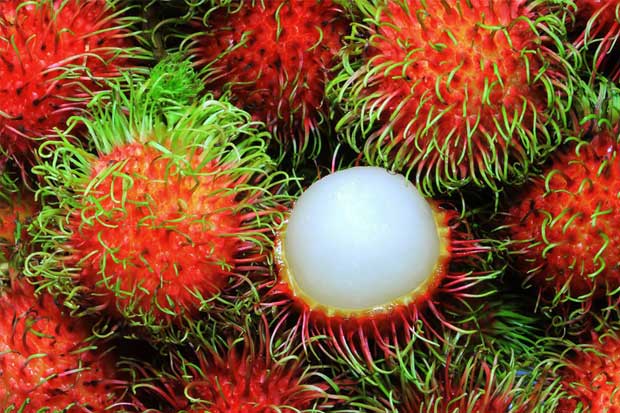
Rambutan is a tropical evergreen tree belonging to the Sapindaceae family, closely related to lychee and longan. The fruit is typically round or oval, measuring about 3–6 cm in length. Its outer skin is red, yellow, or orange, covered with soft, hair-like spines. Inside, the flesh is white or pale pink, sweet and slightly acidic, with a central seed.
Rich in vitamin C, dietary fiber, antioxidants, and essential minerals like iron and potassium, rambutan is not only delicious but also a valuable source of nutrition in tropical regions.
Which Country Produces the Most Rambutan Globally?
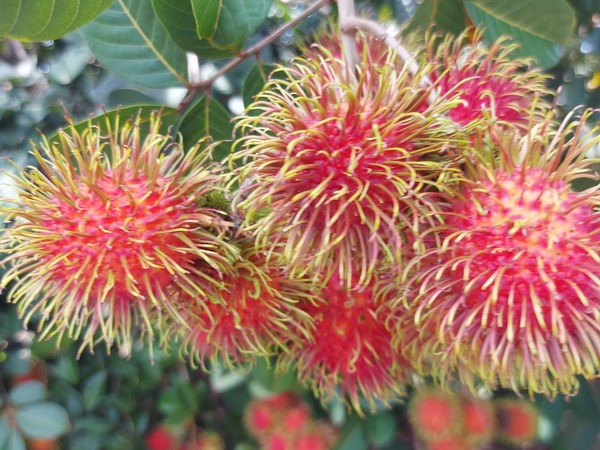
When it comes to global rambutan production, Indonesia leads by a significant margin, followed by Thailand, Malaysia, the Philippines, and Vietnam.
Global Rambutan Production Snapshot (2024 Estimate)
| Rank | Country | Annual Production (Metric Tons) |
|---|---|---|
| 1 | Indonesia | 610,000 |
| 2 | Thailand | 550,000 |
| 3 | Malaysia | 300,000 |
| 4 | Philippines | 180,000 |
| 5 | Vietnam | 150,000 |
According to the Food and Agriculture Organization (FAO) and various regional agricultural reports, Indonesia produces approximately 610,000 metric tons of rambutan annually, making it the world’s largest producer.
Why Is Indonesia the Largest Rambutan Producer?
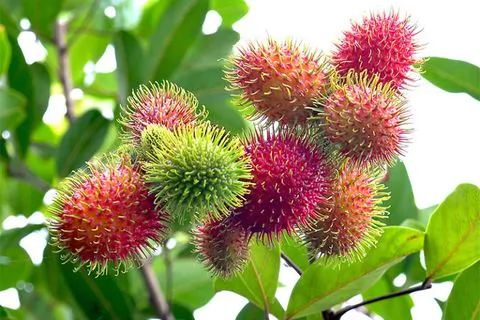
Several factors contribute to Indonesia’s dominance in rambutan cultivation:
1. Native Habitat and Ideal Climate
Rambutan is indigenous to the Malay-Indonesian archipelago. Indonesia’s tropical climate — characterized by high humidity, ample rainfall, and warm temperatures year-round — provides perfect growing conditions for rambutan trees. Regions with well-drained, fertile soil and elevations between 500 and 600 meters above sea level are particularly suitable.
2. Vast Agricultural Land
Indonesia’s extensive land resources dedicated to horticulture have enabled widespread rambutan cultivation. Provinces such as West Java, Central Java, South Sumatra, Lampung, and West Kalimantan are among the country’s most productive rambutan-growing areas.
3. High Domestic Demand
Rambutan is one of the most popular fruits in Indonesia, enjoyed fresh or used in desserts, preserves, juices, and traditional medicine. The fruit’s popularity ensures a consistently strong domestic market, motivating farmers to expand production.
4. Export Potential
Indonesia exports rambutan to neighboring countries and niche markets in the Middle East, Europe, and North America, particularly targeting ethnic Asian communities who value tropical fruits. Though rambutan has a relatively short shelf life, improved post-harvest technologies have boosted its export potential.
Major Rambutan-Producing Provinces in Indonesia
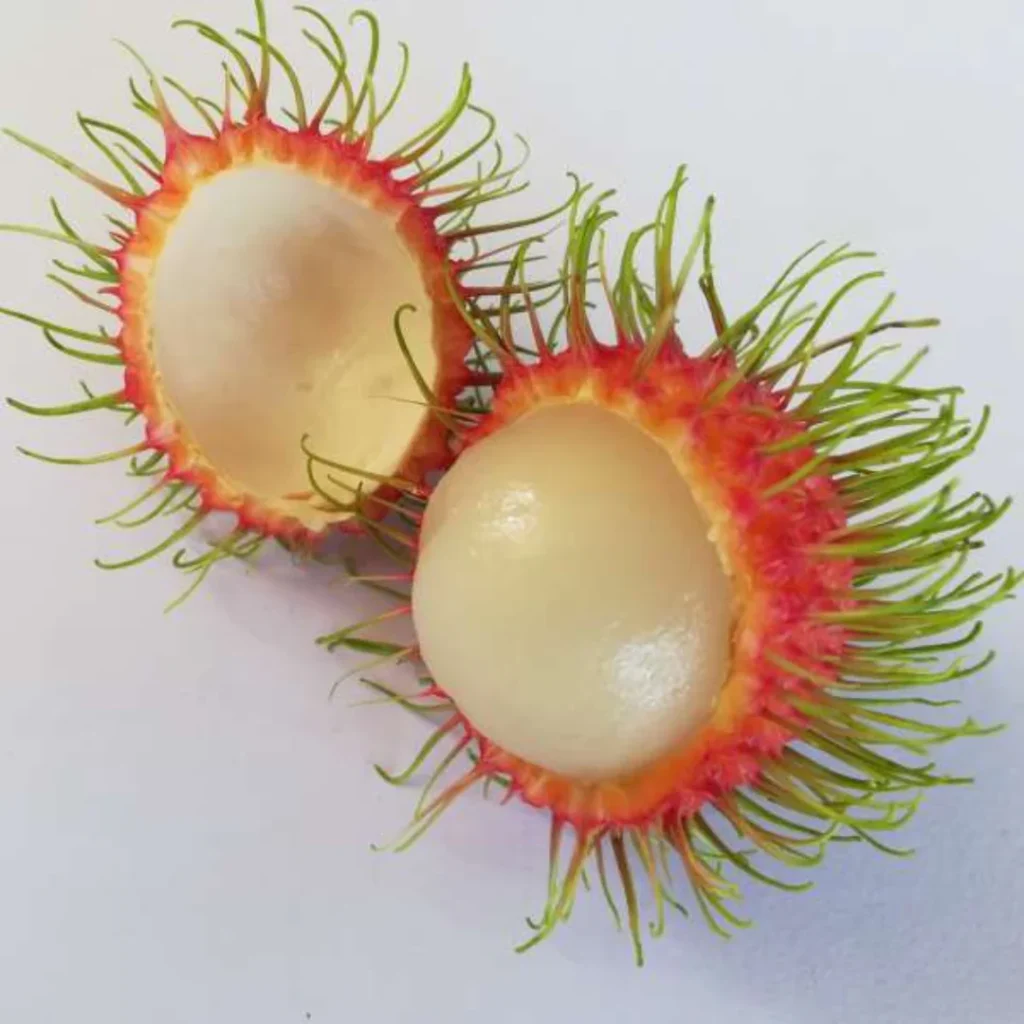
The following Indonesian regions are particularly famous for rambutan cultivation:
- West Java (Subang, Bogor, Sukabumi)
- Central Java
- South Sumatra
- West Kalimantan
- Lampung
These areas not only lead in quantity but are also known for producing high-quality rambutan varieties sought after both locally and internationally.
Popular Rambutan Varieties in Indonesia
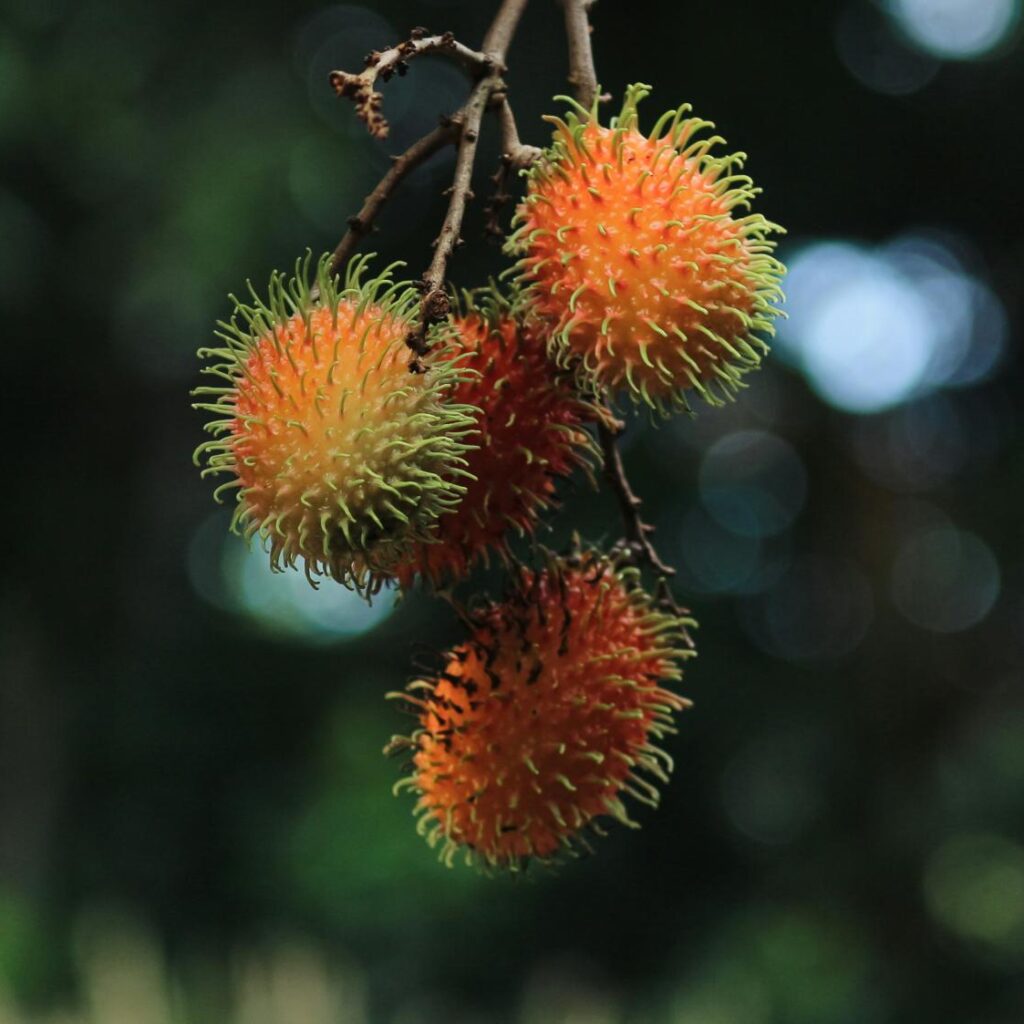
Indonesia boasts several unique rambutan cultivars, each with distinct flavors, sizes, and colors:
- Binjai – Large, sweet, slightly tart flesh; one of the most popular commercial varieties.
- Rapiah – Small to medium-sized, extremely sweet with thin spines.
- Cimacan – Bright red with thick flesh and easy-to-remove seed.
- Lebakbulus – Known for its strong aroma and juicy sweetness.
These varieties are cultivated widely, with Binjai and Rapiah being especially favored for commercial markets.
Other Leading Rambutan-Producing Countries
While Indonesia tops global production, several other Southeast Asian countries play important roles in the rambutan industry.
1. Thailand
Thailand is the second-largest rambutan producer, particularly known for high-quality commercial varieties like Rong Rian and See-Chompoo. Thai rambutans are heavily exported to Malaysia, China, and the United Arab Emirates.
2. Malaysia
Malaysia produces a significant quantity of rambutan, especially in Selangor, Perak, and Johor. The fruit holds cultural importance in Malaysian festivals and markets.
3. Philippines
The Philippines cultivates rambutan across Luzon, Mindanao, and Visayas. The country’s rambutan is popular in local markets and is increasingly making its way into regional exports.
4. Vietnam
Vietnam produces rambutan primarily in the Mekong Delta and Southern provinces, where it is a common fruit during the rainy season.
Rambutan’s Economic and Cultural Importance
1. Economic Impact
Rambutan contributes significantly to the livelihoods of smallholder farmers in Indonesia and other producing countries. The fruit is sold in local markets, supermarkets, and increasingly in export markets, providing a valuable source of income.
In Indonesia, rambutan is a vital horticultural crop, often grown alongside other tropical fruits like mangosteen, durian, and langsat. Seasonal markets and fruit festivals also stimulate regional economies during harvest months.
2. Cultural Significance
Rambutan features prominently in local folklore, festivals, and traditional practices. In Indonesia, rambutan is associated with family gatherings, religious celebrations, and harvest festivals. It is also traditionally used in herbal medicine to treat ailments like dysentery and fever.
Challenges in Rambutan Production
Despite its popularity and economic value, rambutan cultivation faces several challenges:
1. Short Shelf Life
Fresh rambutan has a limited shelf life of just 3–5 days without refrigeration, which restricts long-distance trade and export.
2. Pest and Disease Issues
Rambutan trees are vulnerable to pests such as fruit borers and mites, as well as diseases like anthracnose and pink disease. Managing these threats requires regular monitoring and integrated pest management.
3. Market Price Fluctuations
Prices can fluctuate significantly due to seasonal gluts, transportation issues, and market competition, affecting farmer incomes.
The Future of Rambutan Production
With rising international demand for exotic fruits and the growing popularity of tropical fruit markets, rambutan cultivation holds strong potential for expansion.
Efforts are underway in Indonesia and other producing nations to:
- Develop improved post-harvest handling techniques
- Invest in cold storage and packaging solutions
- Expand access to international markets
- Promote value-added products like canned rambutan, jams, juices, and dried snacks
These developments aim to improve the profitability and global reach of rambutan production in the coming years.
Conclusion
In summary, Indonesia stands as the largest rambutan producer globally, a title earned through its native advantage, ideal climate, extensive cultivation areas, and strong domestic market. While neighboring countries like Thailand, Malaysia, the Philippines, and Vietnam contribute significantly to global rambutan production, Indonesia’s sheer volume, cultural connection, and leading varieties keep it at the forefront.
As global interest in tropical fruits continues to rise, Indonesia’s rambutan industry is poised for further growth, offering economic opportunities for farmers and enriching diets both locally and abroad. By addressing challenges like shelf life and export logistics, the country can strengthen its position as the world’s premier rambutan producer for years to come.




Leave A Comment